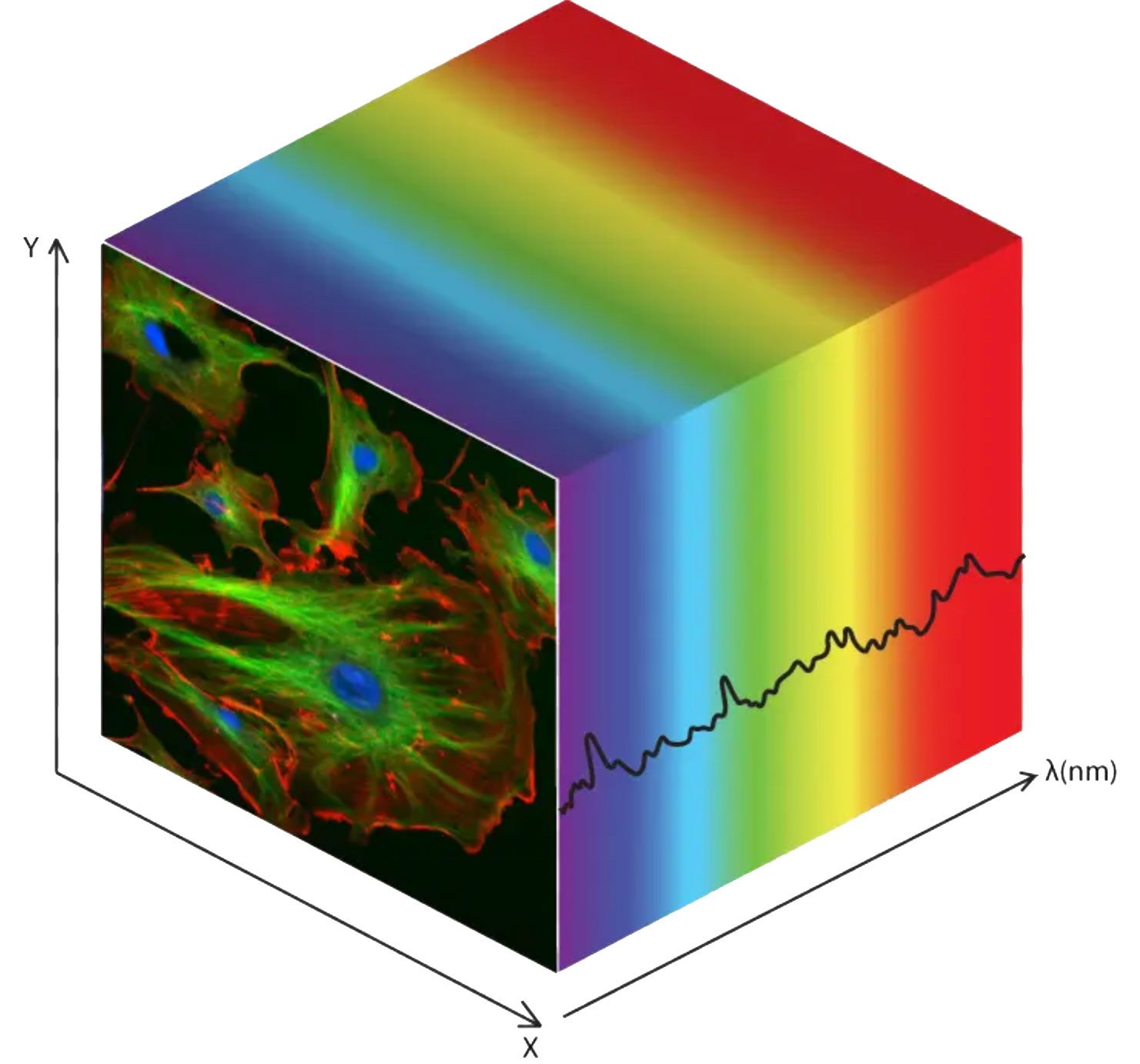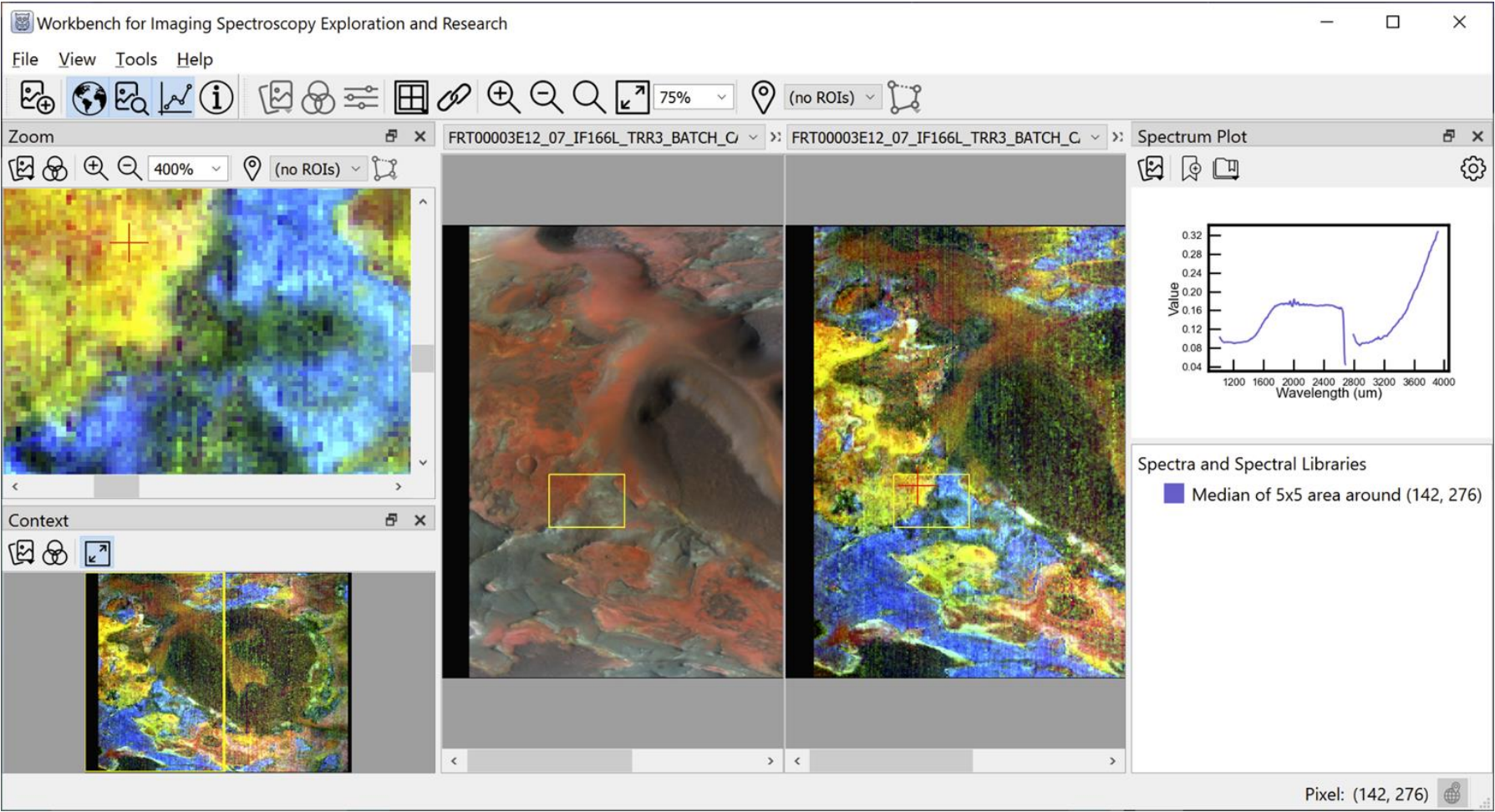
Projects
Making WISER Wiser: Extending the "Workbench for Imaging Spectroscopy Exploration and Research"
PI: Bethany Ehlmann (Division of Geological and Planetary Sciences)
SASE: Joshua Garcia-Kimble, Scholar
Imaging spectroscopy, also known as hyperspectral imaging, captures solar-reflected or surface-emitted radiance across hundreds of contiguous spectral bands, adding a rich compositional dimension to traditional spatial imagery. This technology has revolutionized our understanding of planetary surfaces by enabling the identification and mapping of minerals, ices, and other materials based on their unique spectral fingerprints. Instruments like NASA's Moon Mineralogy Mapper (M³) and Mars Reconnaissance Orbiter's Compact Reconnaissance Imaging Spectrometer for Mars (CRISM) have utilized imaging spectroscopy to make groundbreaking discoveries, such as detecting hydration on the Moon and identifying diverse hydrated minerals on Mars, providing insights into the planet's aqueous history and geological evolution.

A hyperspectral image. The front face of this 3D spectral cube maps three wavelengths to red, green, and blue. The third dimension shows surface-reflected solar radiation wavelength.
Despite its transformative potential, imaging spectroscopy data pose critical analytical challenges that limit accessibility and scientific impact. Traditional image processing software cannot handle the three-dimensional nature of these datasets, and existing commercial solutions are expensive and often lack the latest analytical algorithms. While open-source Python packages are available, they typically require programming expertise and lack user-friendly graphical interfaces, making them inaccessible to many researchers and students. The absence of a flexible, intuitive, and affordable tool for imaging spectroscopy analysis hampers the full utilization of these rich datasets across various scientific disciplines.
In collaboration with the Schmidt Academy, we are enhancing the Workbench for Imaging Spectroscopy Exploration and Research (WISER), a free, extensible, Python-based software with a graphical user interface for interactive analysis of imaging spectroscopy data. Our goals include optimizing the software to efficiently handle large datasets, expanding its compatibility with various file types and operating systems, implementing new analytical features such as advanced spectral mapping techniques, and more. By transitioning WISER to an open-source platform, we aim to foster a community of developers and users, promoting collaboration and continual improvement of the tool. This initiative will lower barriers to entry, empower a broader range of scientists and students to engage with imaging spectroscopy data, and ultimately accelerate discoveries in planetary science and related fields.

The WISER graphical user interface shown with an example CRISM image